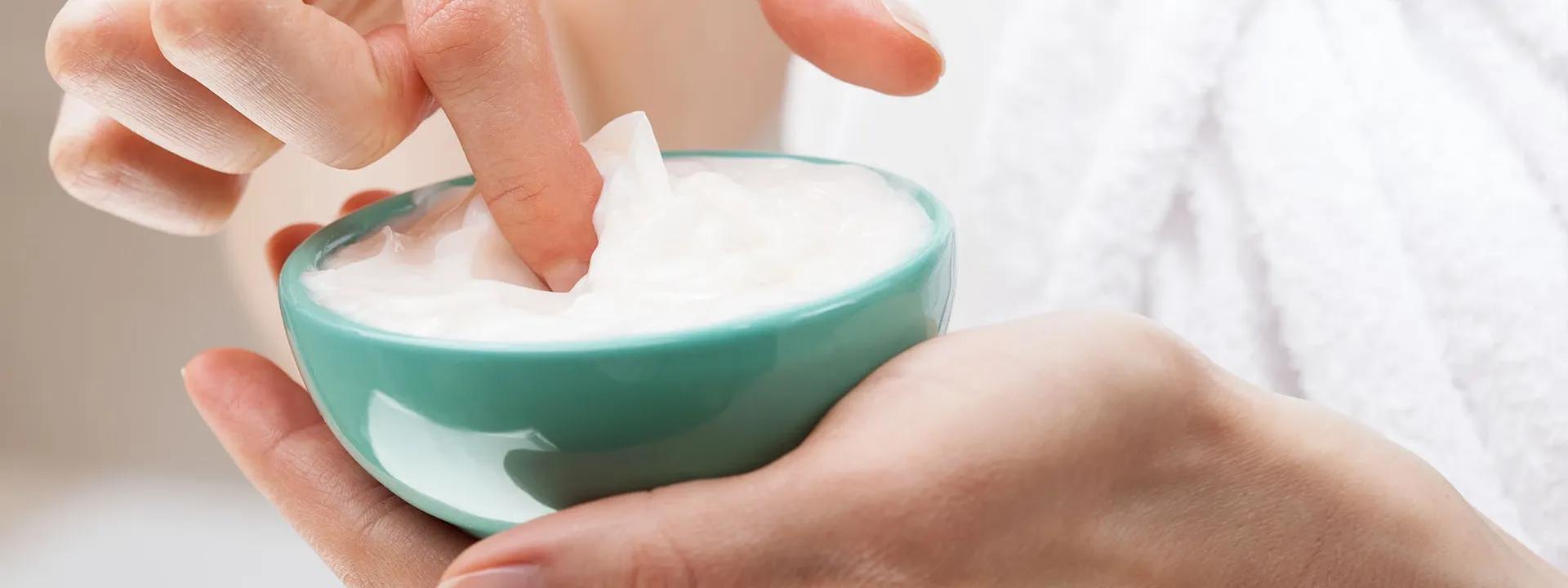mattifying moisturisers more frequently and consider adding oil-absorbing primers before makeup. Don't forget to increase sunscreen application frequency.
Winter Care for Oily Complexions
Cold weather can actually make oily skin produce more oil as it tries to protect itself. You might need slightly richer moisturisers in winter, but stick to oil-free formulas. Indoor heating can also dry out your skin, so consider using a humidifier.
When to Consult a Dermatologist
Sometimes professional help is worth considering. If your oily skin is accompanied by persistent acne, severe blackheads, or if over-the-counter products aren't helping after 6-8 weeks of consistent use, it might be time to see a dermatologist. They can prescribe stronger treatments or identify underlying hormonal issues.
Frequently Asked Questions
Can oily skin types only use oil-free products?
Not necessarily. While oil-free products are generally better for oily skin, some lightweight oils like jojoba or squalane can actually help balance oil production. The key is choosing non-comedogenic skincare products that won't clog pores.
How often should I wash my face if I have oily skin?
Twice daily is usually perfect—once in the morning and once at night. Over-washing can strip your skin and trigger more oil production. If you work out during the day, you can rinse with water and apply a gentle toner instead of a full cleanse.
Are natural ingredients effective for managing oily skin?
Some natural ingredients can be helpful for oily skin, like tea tree oil, witch hazel, and clay. However, natural doesn't always mean gentle or effective. Always research ingredients and patch test before trying new natural remedies.
Can oily skin be a sign of dehydration?
Absolutely. Sometimes what appears to be oily skin is actually dehydrated skin overcompensating. If your skin feels tight despite being oily, or if it's both oily and flaky, dehydration might be the culprit. Focus on gentle hydration rather than oil removal.
How can I manage enlarged pores associated with oily skin?
While you can't permanently shrink pores, regular exfoliation with salicylic acid treatments, using retinol products, and keeping skin well-hydrated can make them appear smaller. Consistent cleansing prevents pores from becoming clogged and stretched.
Key Takeaways
Taming oily skin isn't about declaring war on your natural oils—it's about finding balance. This 10-step checklist gives you a solid foundation for managing oily skin effectively. Remember, consistency is more important than perfection. Start with the basics: gentle cleansing, proper moisturising, and sun protection. Then gradually introduce targeted treatments like salicylic acid treatments and clay masks. Your skin might not transform overnight, but with patience and the right approach, you can achieve that healthy, balanced glow you're after. The key is working with your skin's natural tendencies rather than fighting against them.

 200ml
200ml Combo
Combo Combo
Combo 100 ml
100 ml